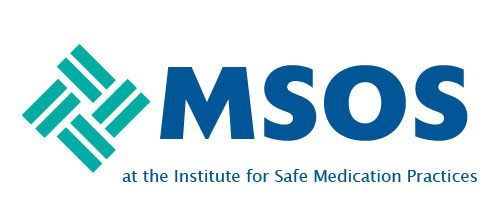Hello,
For those involved in USP 800 program implementation/maintenance for your organization, especially larger institutions with a main cancer center and many community infusion centers:
What is your general approach to handling hazardous drug spills?
1. Do you have different processes for large centers vs. small community sites?
2. Who is involved in the hazardous drug spill response? What (if any) role do the following stakeholders play: pharmacy, nursing, chemical safety, environmental services, etc.?
3. What consideration do you have around hazardous drug spill cleanup for agents that aerosolize at room temperature (e.g., etoposide, fluorouracil)? Is a respirator (PAPR) required for cleanup of these agents at any volume of a spill, or can small spills (~10 mL, maybe anything <50 mL) be handled quickly without the need for someone leaving and taking the time to garb up in the PAPR?
4. Do you have guidance for biohazardous spills?
If you are willing to share any insight or policy/procedure, I am able to share other information related to our USP 800 program that is working well including maintenance of our HD list, assessment of risk organization/annual update, and environmental wipe sampling.
Thank you!
Kayla Cierniak
Medication Safety Officer, Seidman Cancer Center
Cleveland, OH
kayla.cierniak@uhhospitals.org

